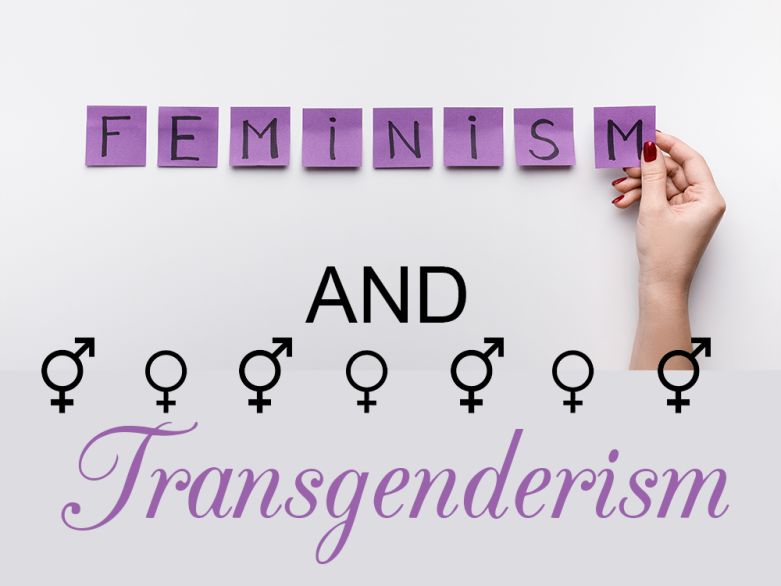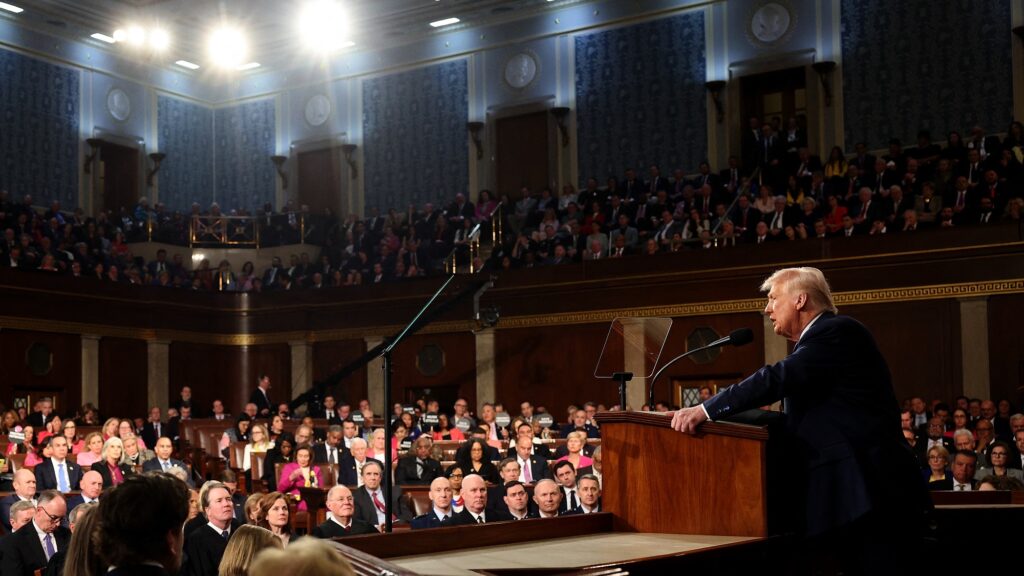Jakkaphong Jakrajutatip, a tycoon from Thailand and new proprietor of the Miss Universe Organisation, who now identifies as a transgender woman by the name of Anne, delivered a tumultuous speech during the beauty pageant last week saying:
‘It has been seventy years that the Miss Universe organisation run [sic] by men, but now time is up…. Welcome to the new era of the global women’s empowerment platform. From now on it’s gonna be run by women, owned by a trans woman, for all women around the world to celebrate the power of feminism, diverse cultures, social inclusion, gender equality…’
Human rights rhetoric, at least after the Generation X era or at the start of the Millenial one, has been the dominant platform in issues within the confines of politics and international law.
With the woke culture, such discourses have evolved into a verbose animosity to the point of decrying natural institutions,
such as a man taking on the role of a father of a family or that of a woman as a mother as a repression to a person’s sexual emancipation.
Under the banner of sexual emancipation, protagonists like Jakrajutatip claim that they can do with their bodies as they desire, like terminating a child’s life in the mother’s womb or seeking to surgically change one’s biological sex.
The watershed of this destructive campaign, which has done nothing other than dismantle the foundation of civilisation—the institution of the family—has primarily been the feminist movement.
The Feminist Philosophy
Feminism, to be distinguished from the women’s rights movement, is the belief in the ubiquitous influences that stem from patriarchal and masculinist norms on legal structures it holds to be degrading. Feminists exhibit both physiological and psychological characteristics associated with heightened masculinisation, which may predispose women for heightened competitiveness, sex-atypical behaviours, and belief in the interchangeability of sex roles.
The women’s movement, on the other hand, is made up of women and men who work and fight to achieve gender equality
and to improve the lives of women as a social group, such as equal employment opportunities, the right to vote, the right to increased or equal wages as men. These are human rights to be cherished. Their political vocabulary of freedom and equality has rendered women able to enjoy the full status of citizenship, at least in the West. Feminism, however, does not seek the well-being of women, for its tenets are excessively individualistic, that of self-gratification normally at the castigation of someone else’s moral conscience.
Unlike women activists who promote the beauty of marriage between man and woman and the gift of childbearing, feminists see the institution of the family as a subordination on the part of women to men. They condemn the family as the cradle of women’s oppression, targeting men as the main obstacles to their independence and equality.
The primary proponents of this antipathy were Simone de Beauvoir (1908-1986) and Shulamith Ari Firestone (1945-2012).
Beauvoir, in her publication The Woman Destroyed (1969), argued that marriage, love, courtship, etc., were all human constructs made by men to give themselves meaning in this dystopian society. She held that any woman who accepts the natural physical and spiritual exchange with a man capitulates herself to destructive male-oriented and male-dominated social establishments.
Firestone, who was influenced by Beauvoir, in her book The Dialectic of Sex: The Case for Feminist Revolution (1970), formulated three positions that are commonplace to the feminist movement of today:
- A synthesis of the Marxist dialectical struggle between capitalist and proletariat over the means of economic production with the feminist struggle between men and women over the ‘means of sexual reproduction’. Until women gain control of their bodies, which entailed control over sexual reproduction, women could not be truly free.
- A synthesis of Marx’s theory of labour with what she called the ‘sexual division’ of employment. Women, like the proletariat who labour for the capitalists, work for men through sexual reproduction because women have to answer the beck and call of men’s sexual desires and then carry the child in their womb up through birth. In other words, the entire burden of sexual labour falls onto the shoulders of women.
- A reevaluation of Beauvoir’s ideas of love, romance, marriage, and courtship as primarily to the benefit of men rather than women which created the mechanisms by which men ‘own’ women moreover than such constructs meant to give meaning to the lives of men rather than women.
In this reassessment, as author Paul Krause explained:
‘Firestone concluded that the nuclear family was oppressive to women and had to be dissolved in order for women to be free. The biological family unit, she wrote, is constructed for the reproduction of the human species, which serves to solidify male dominance since women suffer the brunt of this reproductive burden. Again, only through women rising up—like the proletariat—and seizing control of their bodies (e.g. the means of sexual reproduction) can the oppression of women finally come to an end.’
Transgender activists, too, have used this feminist rhetoric for their own agenda.
And while there is no direct link between feminism and transgenderism, the latter has built upon the former’s philosophy and activism.
Where the Feminist and Transgender Movements Meet
Transgender people likewise place themselves in the aforementioned ‘struggle’ outlined by Firestone. Their target is not just the male but the exclusive natural union between male and female with the end to procreate and properly raise children, which they argue has become the impediment to their sexual freedom.
They contest that gender is fixed throughout life, i.e., ‘if we are born female or male, we will die female or male’. One has the right to change one’s sex ‘assigned’ at birth if it pleases him or her, which is irrespective of sexual orientation.
In a paradox to feminism, their plight extends, at least that of the ‘transgender men’, to a civil recognition that they too can ‘procreate’ children. For example, in October 2020, a Los Angeles female resident, who know identifies as a man and calls himself Bennett, ‘gave birth via caesarean to a baby boy with his husband, Malik.’ When the hospital staff continued to call ‘Bennett’ a ‘mom’, he took offence stating:
‘No one can ever really know whether having children is possible until you try—being born with a uterus doesn’t make conceiving or carrying a certainty. That’s why it’s so important that we stop defining ‘womanhood’ in terms of ‘motherhood’, because it’s a false equivalency that all women can become mothers, that all mothers carry their children, or that all people who carry children are mothers.’
Even though most mainstream media, left-wing and various neo-conservative politicians, and NGOs promote transgenderism, as they do with feminism, transgender activists sustain that they remain outcasts because society collectively refuses to acknowledge the legal status of their ‘new sex’.
In other words, individuals like ‘Bennett’ gripe that they should be classified as men even though they retain their female genitalia,
similarly to men who surgically acquire ‘female’ breasts and then insist that they are ‘women’.
They disavow the notion that one’s sex and gender should define roles in society—while the terms are interchangeable, ‘sex’ is categorised as female or male; ‘gender’ refers to the socially constructed roles, behaviours, expressions, and identities of men, women, boys, and girls. Like feminists, they single out the conceptualising of the rule of law as incoherent and inconsistent that reflects a status quo based on universal presumptions of gender inequality.
(Anne) Jakkaphong Jakrajutatip’s claim that the Miss Universe pageant is now controlled by women is false—‘Anne’ is still a man. Surgically removing or adding female breasts does not change one’s biological sex, anymore than the argument that a man can take on the role of the mother or a woman take one the role of a father.








